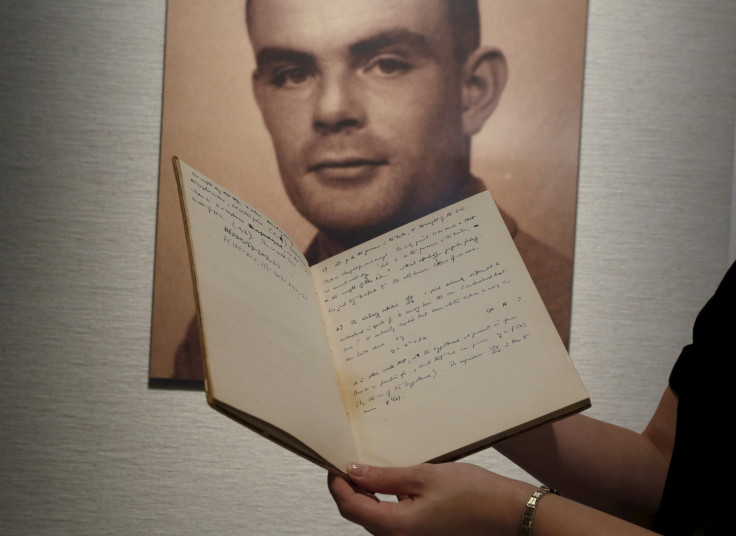Alan Turing A Musical Innovator? First Recording Of Computer-Generated Music Restored After 65 Years

Researchers from New Zealand have restored the earliest known recording of computer-generated music, which was created nearly 65 years ago on a gigantic computer devised by the famous Alan Turing.
Researchers from the University of Canterbury in Christchurch restored the recording created in 1951 using a BBC outside-broadcasting unit and a portable acetate disk. The recording, which begins with the United Kingdom’s “God Save the Queen,” also includes the nursery rhyme “Baa Baa Black Sheep” and the Glenn Miller hit “In The Mood.”
“Today all that remains of the recording session is a 12-inch single-sided acetate disc, cut by the BBC’s technician while the computer played. The computer itself was scrapped long ago, so the archived recording is our only window on that historic soundscape,” the researchers said in a statement Monday.
The recording captured on the acetate disk was originally played on a massive computer, which occupied most of the ground floor of Turing’s Computing Machine Laboratory. Turing was a pioneering British computer scientist who was most famous for breaking the Nazis’ World War II Enigma code. He is also referred to as the father of computing.
The researchers reportedly said that this recording showed that Turing was also a musical innovator, adding, “Alan Turing’s pioneering work in the late 1940s on transforming the computer into a musical instrument has been largely overlooked.”
“The recording gave at best only a rough impression of how the computer sounded. There was a deviation in the speed of the recording, probably as a result of the turntable in BBC’s portable disc cutter rotating too fast. But, with some electronic detective work, it proved possible to restore the recording – with the result that the true sound of this ancestral computer can be heard once again, for the first time in more than half a century,” they said in the statement.
Professor Jack Copeland and composer Jason Long worked together calculating how much the recording had to be speeded up, altering the frequencies and using pitch-correcting software to hear “the true sound of Turing’s computer.”
You can listen to the complete 1951 recording here.
© Copyright IBTimes 2024. All rights reserved.






















